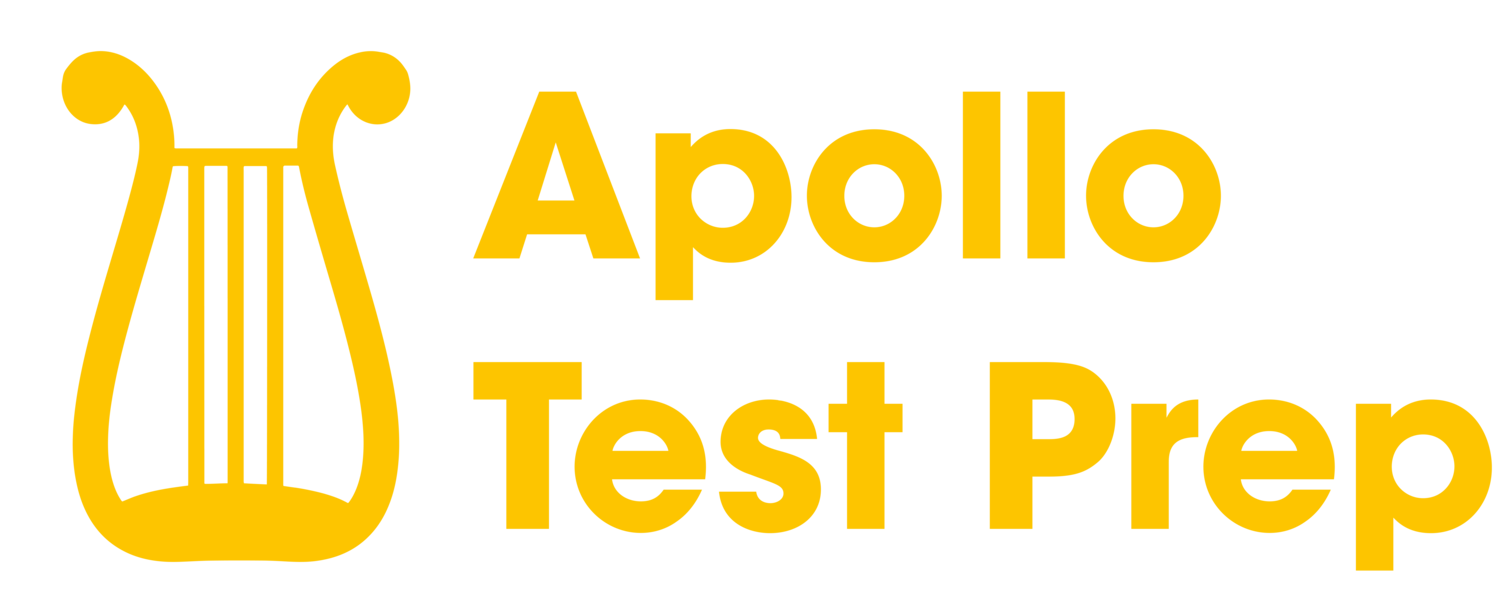LSAT Explanation PT 37, S2, Q19: Physician: Hatha yoga is a powerful
LSAT Question Stem
Which one of the following is an assumption on which the physician's argument relies?
Logical Reasoning Question Type
This is a Necessary Assumption question.
Correct Answer
The correct answer to this question is C.
LSAT Question Complete Explanation
First, let's analyze the argument in the passage. The physician presents a premise that in a clinical trial, those who practiced hatha yoga for 75 minutes once a week and received individual counseling reduced their smoking and cravings for tobacco as much as did those who went to traditional self-help groups once a week and had individual counseling. Based on this premise, the physician concludes that hatha yoga is a powerful tool for helping people quit smoking.
The structure of the argument is as follows:
Premise: Yoga + Individual Counseling = Self-Help Group + Individual Counseling
Conclusion: Hatha yoga is a powerful tool for helping people quit smoking.
An "Evaluate" question for this argument could be: "Are traditional self-help groups powerful tools for helping people quit smoking?"
The question type of this problem is Necessary Assumption, which asks us to identify an assumption on which the physician's argument relies.
Now, let's discuss each answer choice:
a) The individual counseling received by the smokers in the clinical trial who practiced hatha yoga did not help them quit smoking.
This answer choice is not a necessary assumption because the argument doesn't require that individual counseling had no effect. It could have had some effect, but the main focus is on the effectiveness of hatha yoga. So, this answer choice is not correct.
b) Most smokers are able to practice hatha yoga more than once a week.
This answer choice is not a necessary assumption because the argument is about the effectiveness of practicing hatha yoga once a week, not how often smokers can practice it. It's irrelevant to the argument's conclusion. So, this answer choice is not correct.
c) Traditional self-help groups are powerful tools for helping people quit smoking.
This answer choice is the correct necessary assumption. The argument compares the effectiveness of hatha yoga with that of traditional self-help groups. If traditional self-help groups are not powerful tools for helping people quit smoking, then the comparison loses its value, and the conclusion that hatha yoga is a powerful tool would be weakened. The physician must assume that traditional self-help groups are effective in order to make their conclusion about hatha yoga.
d) People who practice hatha yoga for 75 minutes once a week are not damaging themselves physically.
This answer choice is not a necessary assumption because the argument is focused on the effectiveness of hatha yoga in helping people quit smoking, not on any potential physical damage. So, this answer choice is not correct.
e) Other forms of yoga are less effective than hatha yoga in helping people quit smoking.
This answer choice is not a necessary assumption because the argument is about the effectiveness of hatha yoga, not about comparing it to other forms of yoga. So, this answer choice is not correct.
In conclusion, the correct answer is C, as it is a necessary assumption for the physician's argument to hold true.
